Cyprus wears its history openly. Across this small island, time has left its mark in stone — from prehistoric villages and classical temples to medieval fortresses and Venetian walls. Every district tells part of the story: of traders and conquerors, of faith and myth, and of an island that has stood at the crossroads of the Mediterranean for millennia.
Paphos
Paphos is Cyprus’s archaeological jewel — a UNESCO-listed treasure where myth, art, and empire meet. At Nea Paphos, the island’s ancient capital, the Roman villas of Dionysus, Theseus, and Aion boast mosaics of exceptional beauty, illustrating gods, heroes, and legends in vivid color. Nearby, the Tombs of the Kings — monumental underground chambers carved from solid rock — served as the resting places of aristocrats and officials during the Hellenistic and Roman periods.
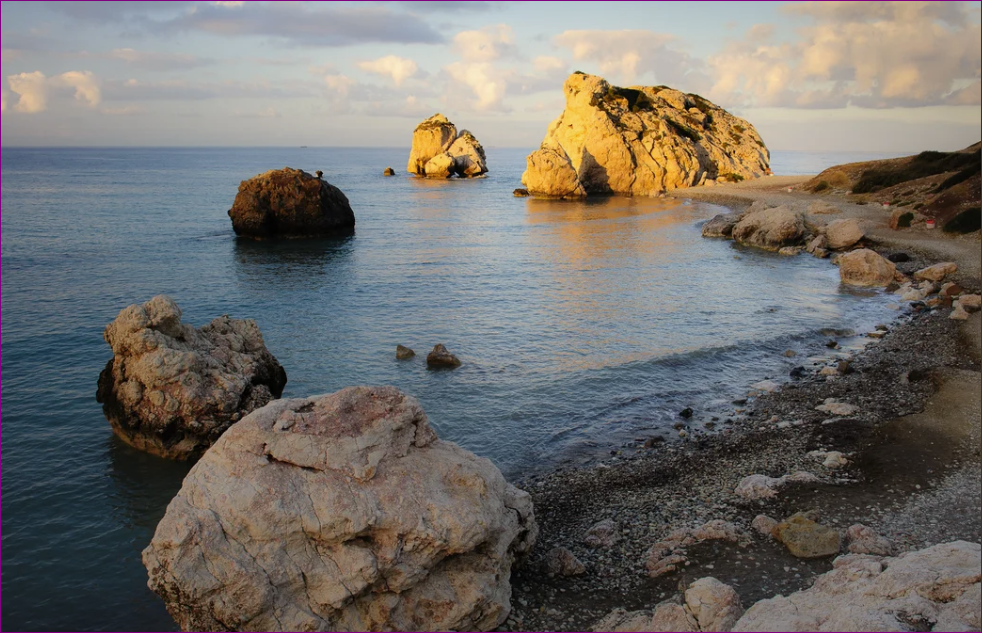
At Kouklia (Palaipaphos), the Sanctuary of Aphrodite recalls Cyprus’s most enduring myth: the goddess of love said to have been born from the waves at Petra tou Romiou (Aphrodite’s Rock). The windswept shoreline remains one of the island’s most iconic natural and cultural landmarks.
Down at Paphos Harbour, the Medieval Castle — originally a Byzantine fort, later rebuilt by the Lusignans and Ottomans — stands sentinel over the sea, its stone walls glowing gold at sunset. Together, these sites form a living tapestry of Paphos’s 3,000-year story.
Nicosia
Though modern Nicosia is Cyprus’s bustling capital, traces of its ancient power remain scattered across its hinterland. Near Politiko, the Archaeological Site of Tamassos reveals an Iron Age city-kingdom once rich from copper mining, complete with royal tombs, sanctuaries, and remnants of domestic life. Not far away, Idalion — another early city-state — offers evidence of organized governance and literacy, with tablets and inscriptions dating back to the 7th century BC.
Within the capital itself, the Cyprus Museum holds the nation’s finest archaeological treasures: from prehistoric figurines to elaborate Roman mosaics and terracotta statues. Just outside, the 16th-century Venetian Walls of Nicosia still encircle the old town in a near-perfect star shape — one of Europe’s best-preserved Renaissance fortifications. Their three surviving gates — the Famagusta Gate, Paphos Gate, and Kyrenia Gate — mark the historic entrances into the walled city, each restored to echo the city’s layered past.
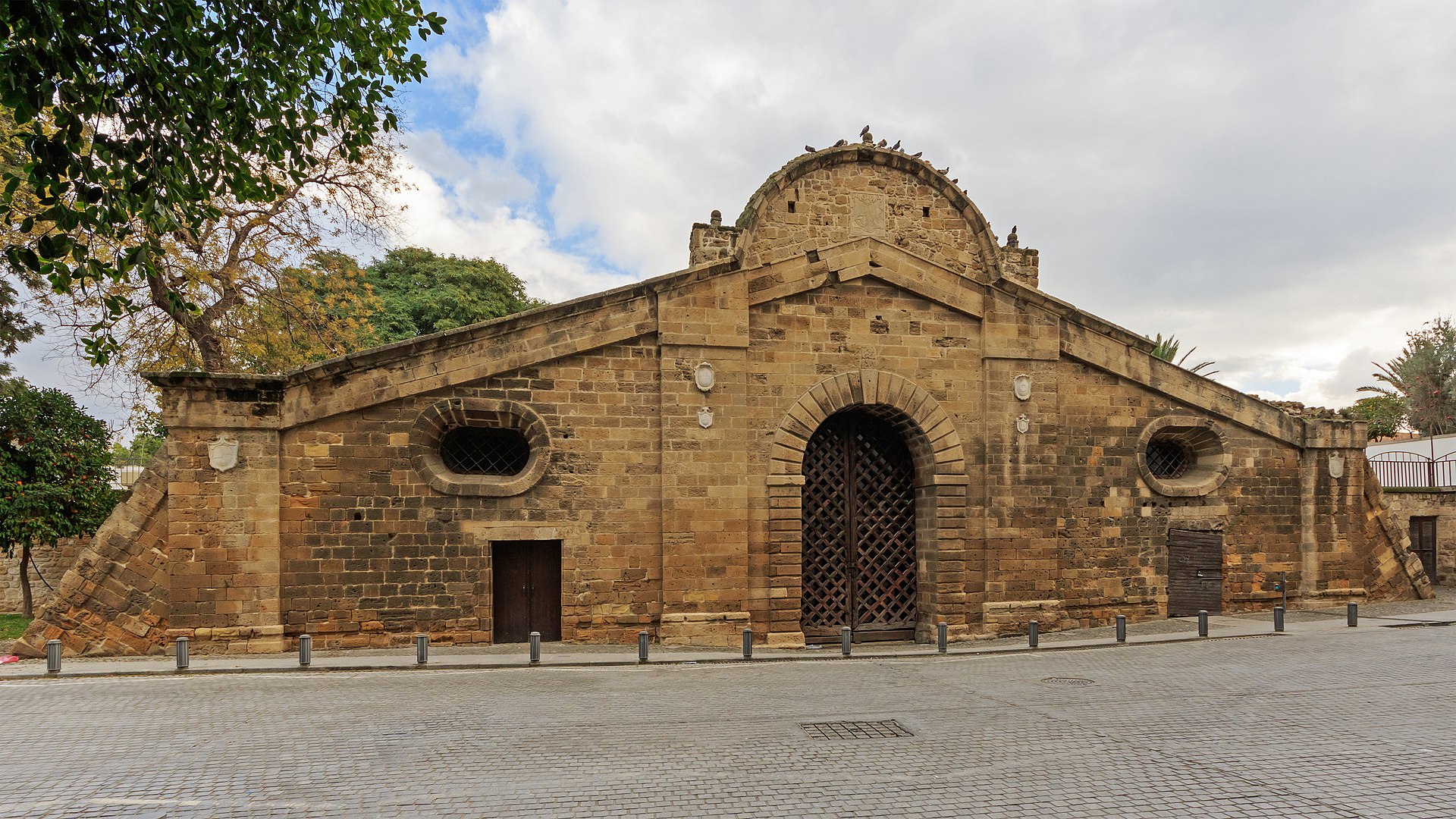
Limassol
Perched high above the sea, the Ancient City of Kourion remains one of Cyprus’s most majestic sites. Its Greco-Roman theatre, perfectly restored, overlooks the cliffs and continues to host open-air performances. Nearby, the House of Eustolios preserves exquisite mosaics, while the Sanctuary of Apollo Hylates — once dedicated to the protector of Kourion — lies just inland among cypress trees.
Further along the coast, Amathus tells of an ancient city devoted to Aphrodite, where colossal stone urns and temple ruins testify to centuries of devotion. A short drive west, Kolossi Castle stands as a powerful medieval relic — a Crusader stronghold that once guarded sugar plantations and gave its name to the island’s celebrated Commandaria wine.
Larnaca
Beneath modern Larnaca lies Kition, the city’s ancient Phoenician core, where temples dedicated to Astarte and fortified walls date back nearly three millennia. Just outside the city, the Choirokoitia Neolithic Settlement, a UNESCO World Heritage Site, offers a haunting glimpse of life from 7000 BC with its circular stone dwellings and reconstructed huts.
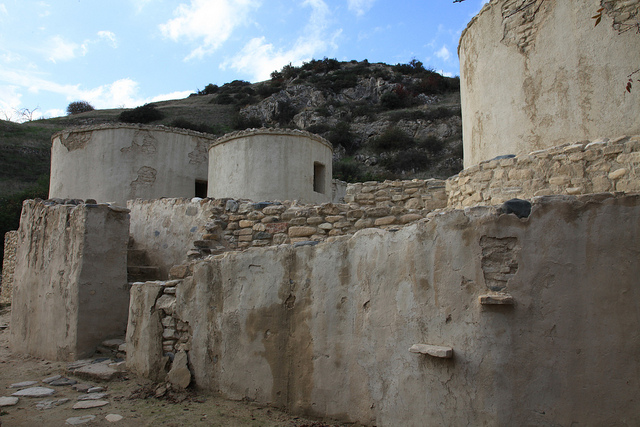
Nearby, Kalavasos-Tenta preserves another prehistoric community beneath its distinctive protective dome, while ongoing excavations at Hala Sultan Tekke continue to reveal Bronze Age remains below one of Islam’s most revered shrines.
On the seafront, Larnaca Medieval Castle stands watch over Finikoudes Beach — originally built by the Byzantines, rebuilt by the Lusignans, and later fortified by the Ottomans. Today, it serves as a small museum, its ramparts offering sweeping coastal views steeped in history.
Occupied north of Cyprus
The Turkish-occupied north of Cyprus is home to some of the island’s most dramatic historical sites, where Byzantine fortresses, Crusader castles, and ancient cities perch above turquoise waters and rugged mountains.
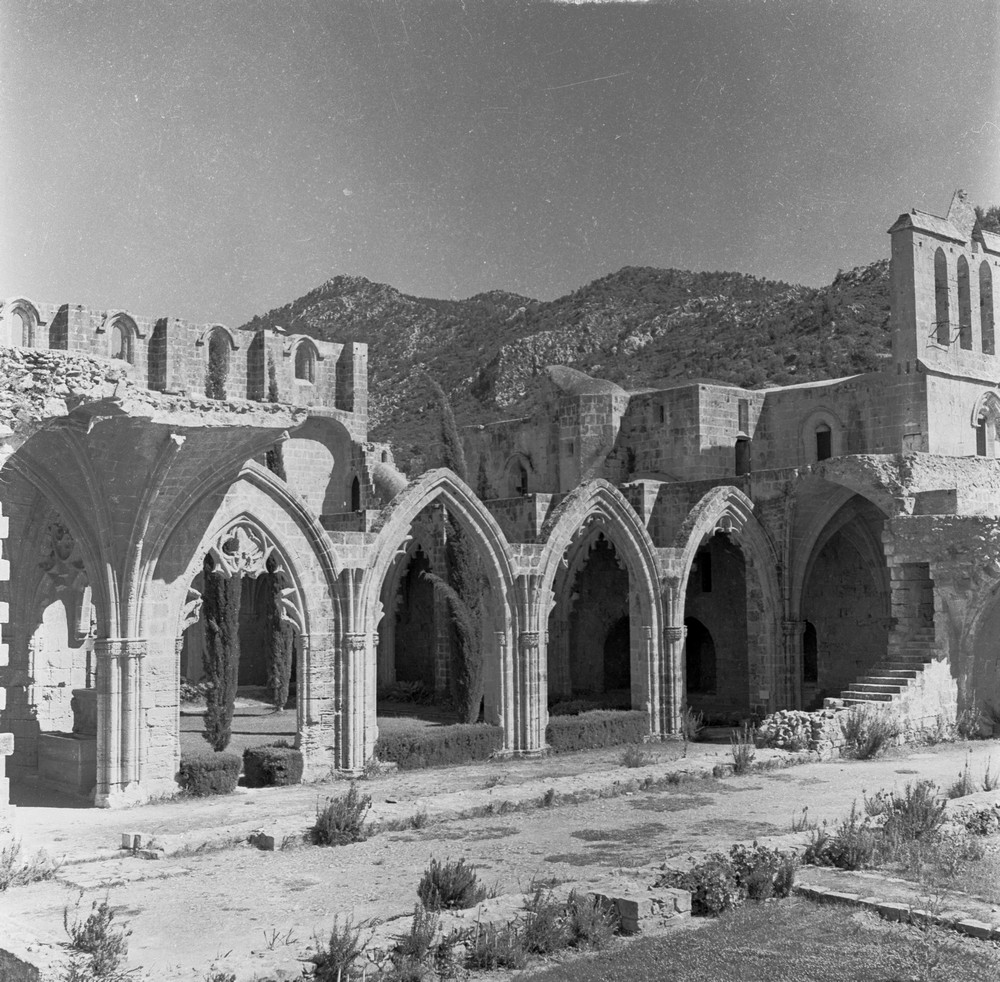
Bellapais Abbey: Nestled in the Kyrenia Mountains near the village of Bellapais, this 13th-century Gothic monastery was founded by Augustinian monks. Its elegant cloisters, vaulted ceilings, and panoramic views over Kyrenia and the Mediterranean make it one of the most atmospheric historical sites on the island. Today, it is a cultural hub hosting concerts and exhibitions, offering both architectural beauty and a glimpse into the spiritual life of medieval Cyprus.
Salamis: On the east coast near modern Famagusta, Salamis was once one of the largest and most influential cities of the ancient Mediterranean. Its Roman theatre, gymnasium, baths, and colonnaded streets reflect centuries of prosperity under Hellenistic and Roman rule. Excavations continue to reveal mosaics and artifacts that speak of civic life, trade, and culture.
Kyrenia Castle: Overlooking the picturesque harbour of Kyrenia, this Crusader fortress shelters a small museum of shipwreck artifacts and medieval arms. Its walls have witnessed centuries of battles, sieges, and maritime trade, and it remains one of the most photogenic landmarks in northern Cyprus.
St Hilarion Castle: Perched high in the Pentadaktylos (Five Finger) Mountains, St Hilarion was originally a monastery before becoming a royal fortress. Its fairy-tale architecture inspired Walt Disney’s castles and offers panoramic views across the coastline and valleys below.
Buffavento Castle: Sitting almost 1,000 metres above sea level, Buffavento is the northernmost of the “Three Castles” that defended the Kyrenia range. Its ruins are accessible only via a steep hike, rewarding visitors with sweeping vistas and a palpable sense of isolation and history.
To explore more of Cyprus:
Paphos: Where myth, history and the sea meet
Aphrodite’s Rock: The heart of Cyprus’ coastal magic
Nicosia: Inside Europe’s last divided capital
From flamingos to Finikoudes: Fall in love with Larnaca
Limassol: The Mediterranean city that has it all
Protaras – Cyprus’s family-friendly coastal gem
Ayia Napa: Cyprus’s sun-drenched blend of buzz and beauty
Cyprus, but cooler: Why Troodos is the island’s best-kept secret
Best beaches in Cyprus – From golden sands to hidden coves

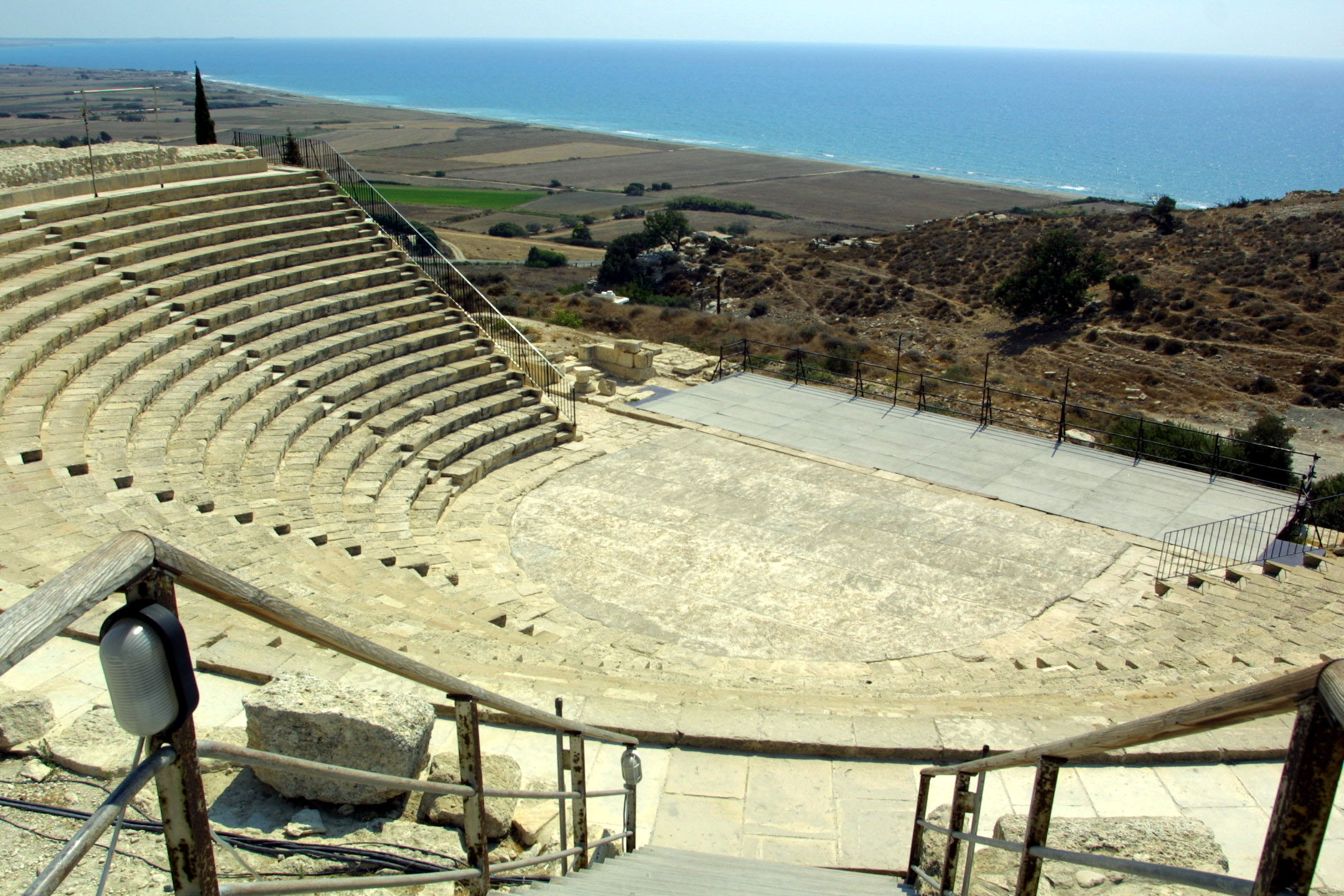

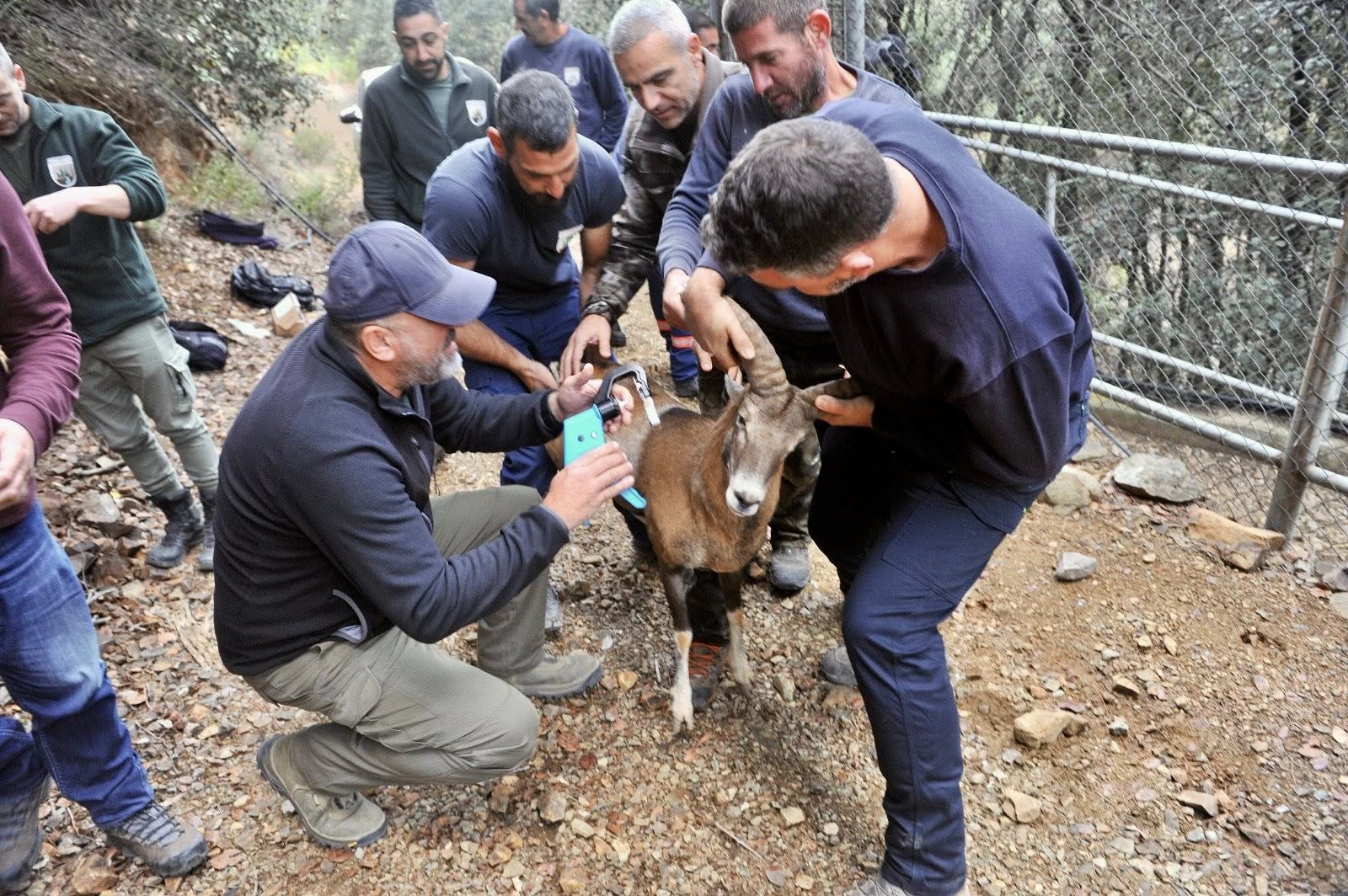

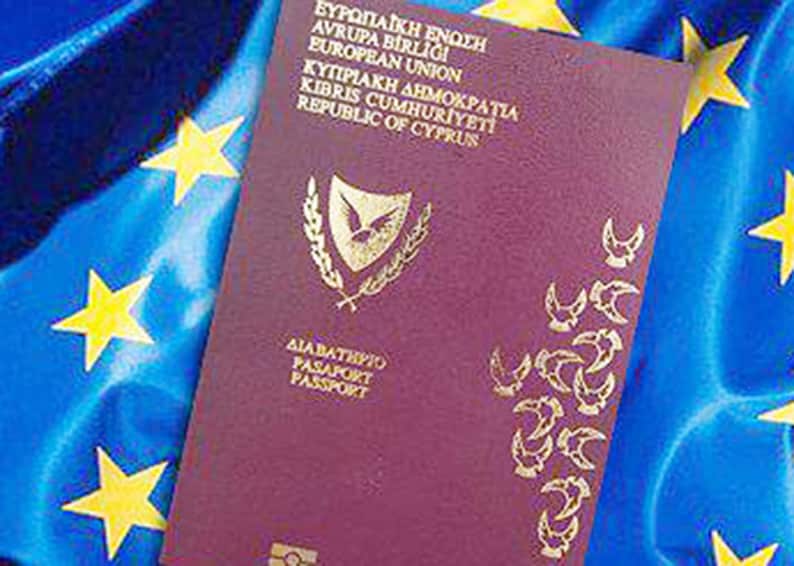

Click here to change your cookie preferences